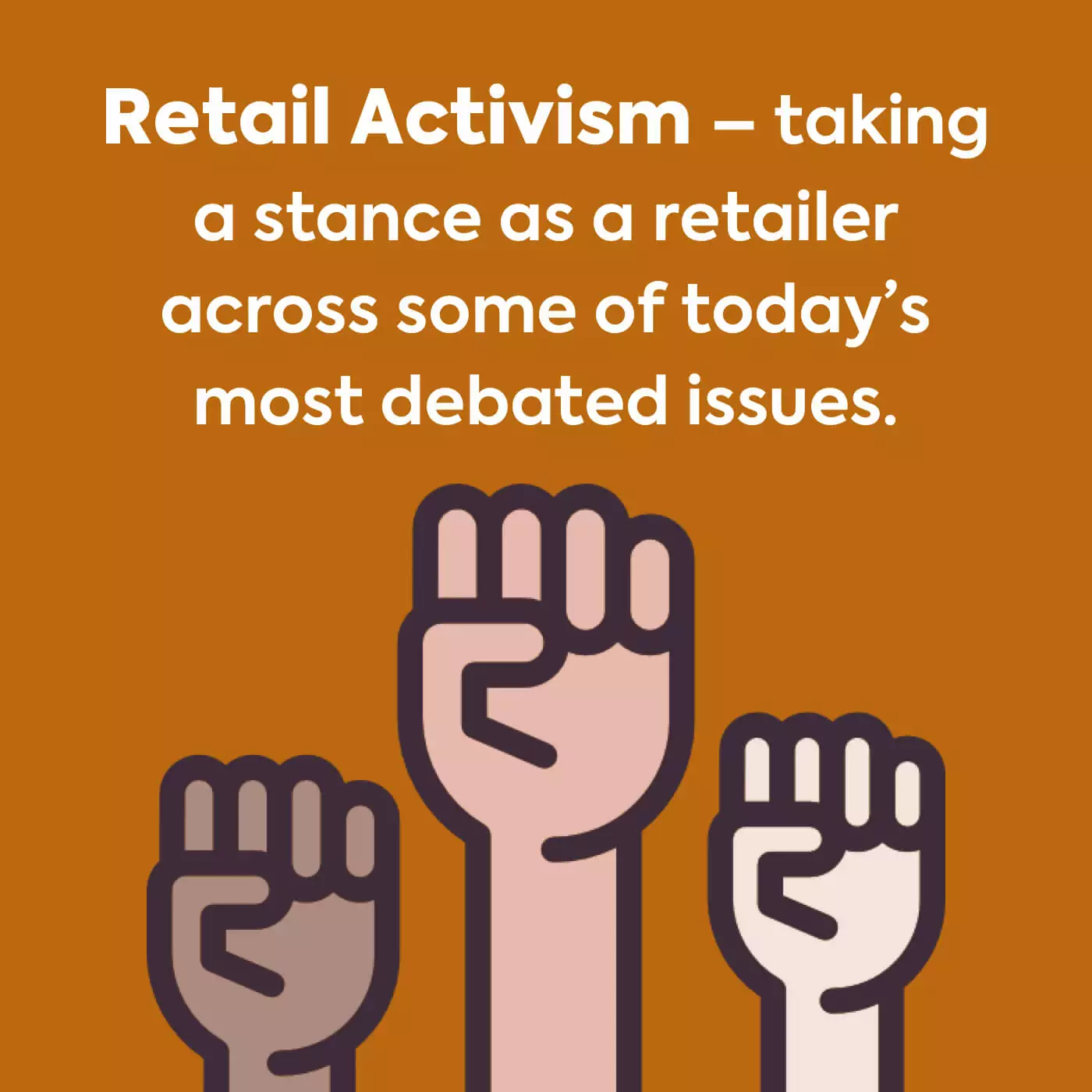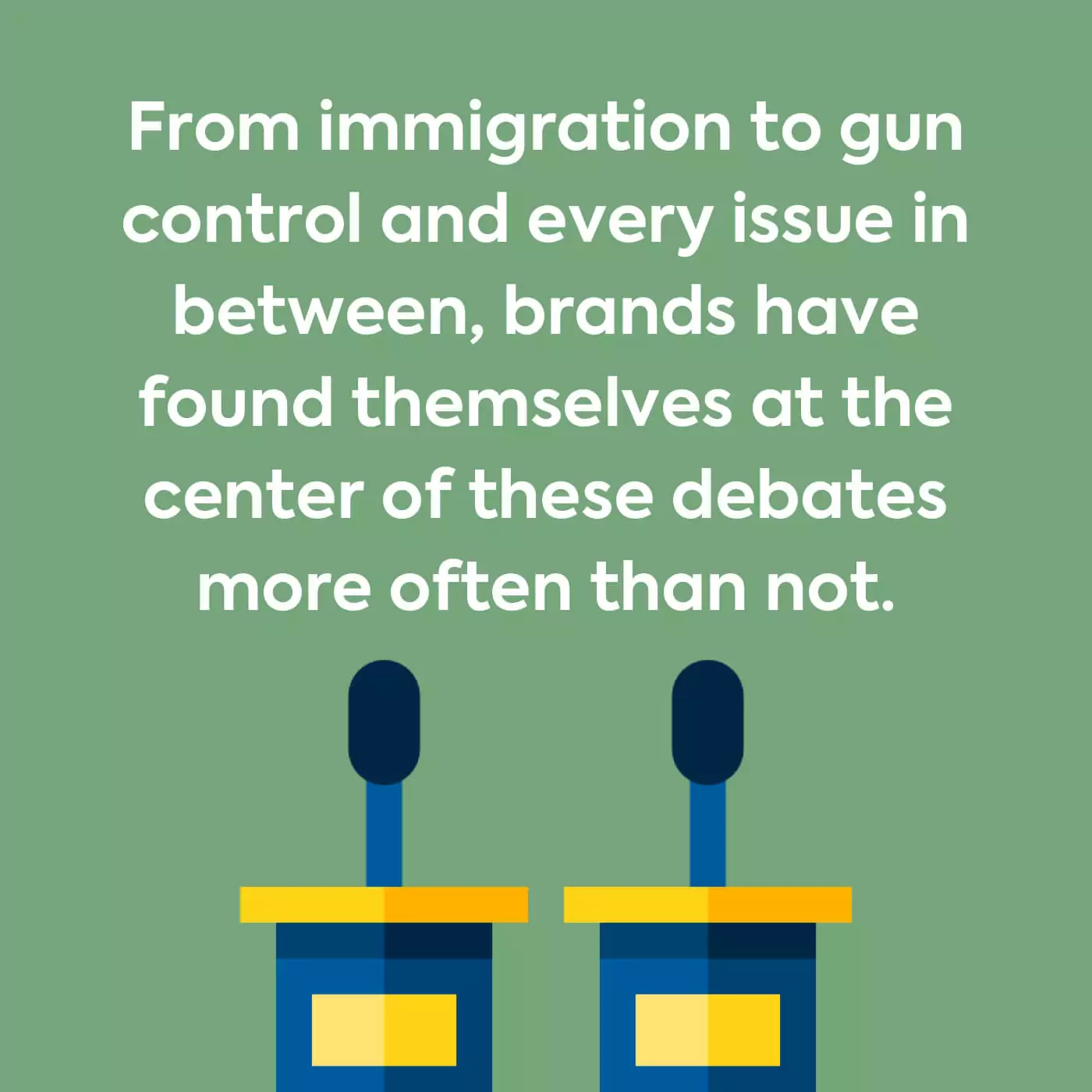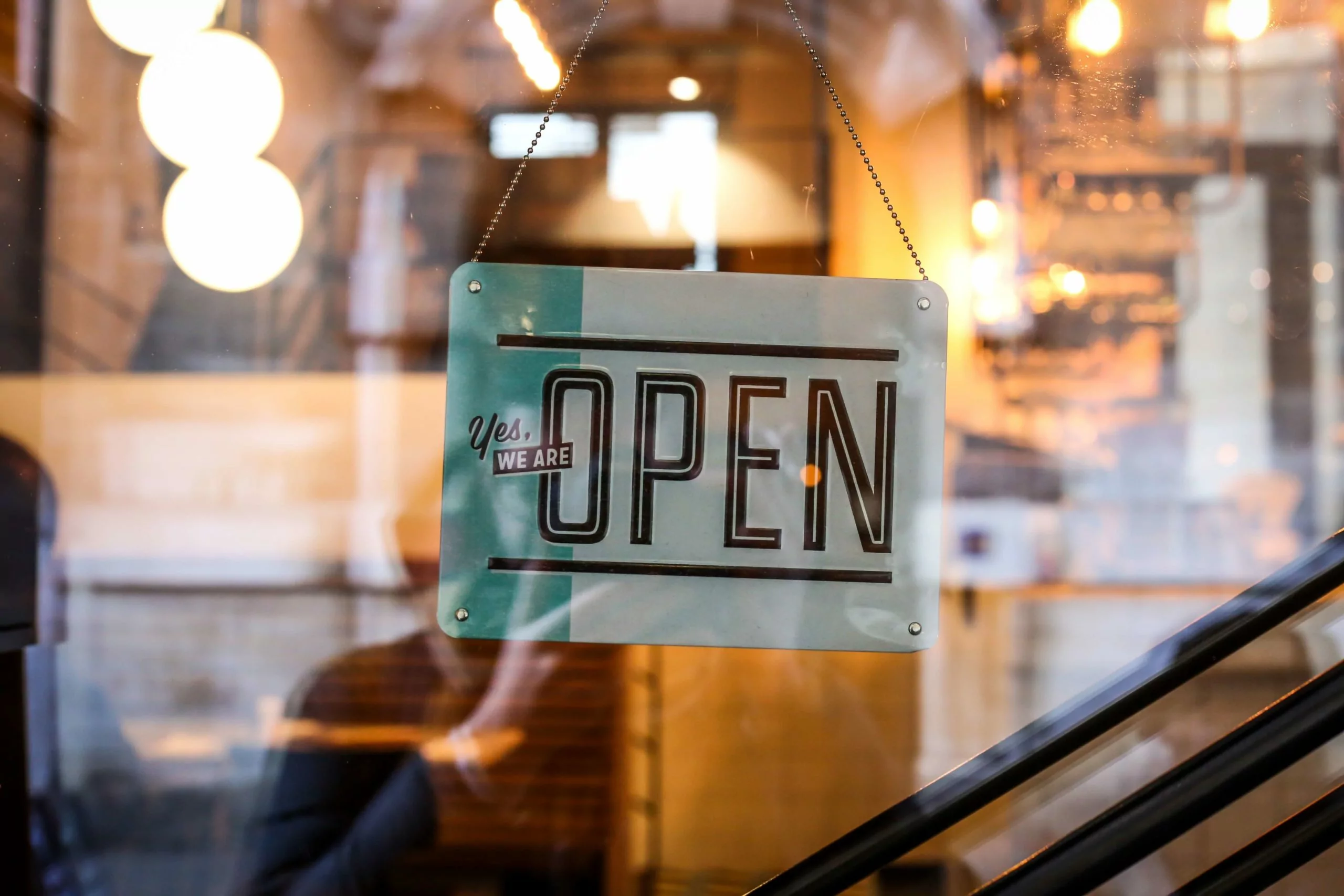Let’s talk Millennials and Gen Z for a hot minute — as if they weren’t naturally the center of most branding conversations nowadays anyways!
They’re a hot commodity. And why’s that? $200 billion in spending power and a penchant for purchasing based on a brands’ engagement with them across social media might just hold the answer.
In days gone by, retailers sold things. It was a simpler time; one based pretty clearly on an exchange of goods. Nothing more, nothing less.
And while that may still more or less be the case, the value of these goods comes at a higher price and sometimes, higher stakes for brands looking to achieve some sort of staying power. This is because, not only are consumers purchasing a product and/or service, they’re purchasing the identity of who the brand helps them appear to be.

This is where the importance of tomorrow’s generations comes into play. With money at their fingertips and a level of expectation for brands that goes far beyond logos alone, it no longer benefits brands to be cautious.
There’s always a time and place for involvement, but the moments of sitting on the sidelines have become fewer and farther between. Consumers are looking to align themselves with brands that mirror their basic interests and belief systems. They’re looking to ‘befriend’ the digital values of “self” that a brand can embody through its online presence via social media channels or otherwise.
Values becomes the key idea here. While the dividedness of the United States’ political climate can inevitably lead brands to take a stance on party affiliations, the idea behind retail activism is more about a defending of ideals often neglected, debated, or underrepresented politically.
Through retail activism—taking a stance as a retailer across some of today’s most debated issues—brands certainly risk alienating some of their fans. At the same time, however, they aid themselves in building a solid foundation of fanfare across audience bases; ones that may have previously focused their attention elsewhere.

Here are some examples of retail activism in action across some of today’s biggest brands.
Patagonia’s Fight for Public Lands
When Donald Trump made moves to reduce public land size—starting with two national monuments in Utah—Patagonia took a very public stance against this move.
The outdoor clothing retailer, known for its preaching of corporate, environmental, and social responsibility, is never shy about expressing their mission. Perhaps this is why their response to Trump’s agenda wasn’t entirely surprising.
With a black background providing contrast to the stark white headline reading, ‘The President Stole Your Land’, Patagonia drew a line in the sand between them and the administration.
Emotion-filled words and phrases like ‘illegal’, ‘elimination’ and ‘your land’ litter the page with calls-to-action urging people to take action. With clear motives framed by the idea that they’ve been “fighting to protect public lands for almost 30 years”, it becomes difficult to separate the brand as a piece of clothing from its environmental activist mission.
While the messaging was widespread across social media, there was some backlash felt from those on both the right and left sides of the argument.
For some, the problem lied in Patagonia’s ultimate corporate, capitalist agenda. No matter the stance, at the end of the day, they were still operating first and foremost to sell a product: whether that product be a fleece jacket or the identity it represents.
Walmart, Dick’s Sporting Goods, and Gun Control

Days after 17 students and staff were killed in the Parkland, FL high school shooting, the often heated debate around gun control took hold of conversations across the nation. Confusion, anger, and cries for change were heard far and wide. And strangely enough, it was a collection of household brand names picking up the phone to answer.
Walmart is one of the biggest gun sellers in the United States.
Shortly after the incident, they announced that they’d no longer sell guns to anyone under 21. In addition, they would remove items resembling assault-style rifles, including toys and air guns from their shelves.
Dick’s Sporting Goods also followed similar suit ending their selling of all assault-style rifles and high-capacity magazines in stores, as well as requiring buyers to be at least 21—regardless of local laws.
Joining these two brands was a slew of others outwardly cutting ties with the N.R.A. And while many applauded the actions taken by brands nationwide, others questioned the legality behind which companies were founding their decisions.
A 20-year-old in Oregon even sued both Dick’s and Walmart over their new gun policies under the argument of age-discrimination. To some, companies taking it into their own hands to determine who and who couldn’t make these sorts of purchases was unlawful and an affront to the right to bear arms.
Uber vs. Lyft
Uber and Lyft are two companies that took front and center back in early 2017 after President Trump’s immigration ban found itself the subject of controversial debate. Demonstrators protested across airports far and wide. Most notably was a strike of the New York Taxi Work Taxi Workers Alliance at JFK International Airport in New York City.
At the end of the strike, Uber took to Twitter announcing that surge-pricing at JFK had been turned off, a move that worked against the taxi drivers returning to work after protesting. The company tried to manage the situation but the damage had been done. A movement to delete the Uber app spread across social channels, with customers outraged by the company’s failure to stand in solidarity with fellow rideshare drivers.
Lyft on the other hand, used the situation to make a stand against the President’s actions. In a statement released by the company’s co-founders, they denounced the ban as “antithetical to both Lyft’s and our nation’s core values.” In addition, they spoke of community and pledged a million dollars to the ACLU.
Final Thoughts: The Power of Retail Activism
From immigration to gun control and every issue in between, brands have found themselves at the center of these debates more often than not. And while not entirely surprising, they do raise a fair share of eyebrows as often as they gather support.
What other instances of retail activism stand out in recent memory? Tweet your thoughts at @mabblytribe.




